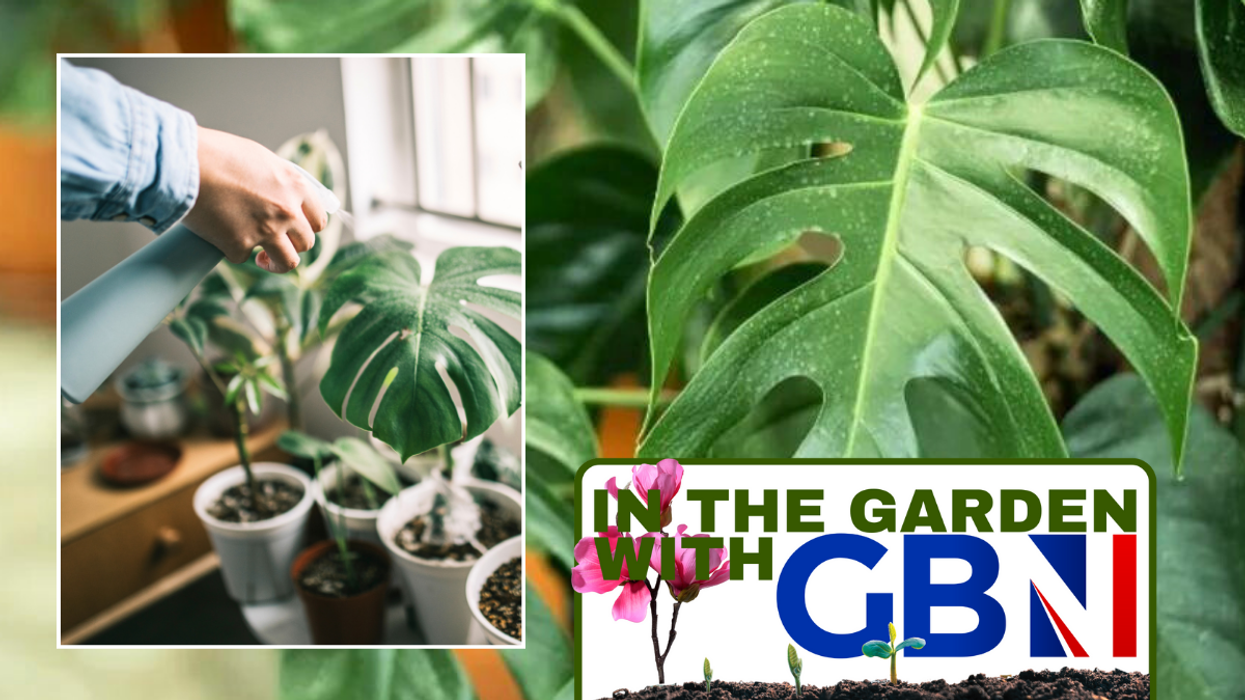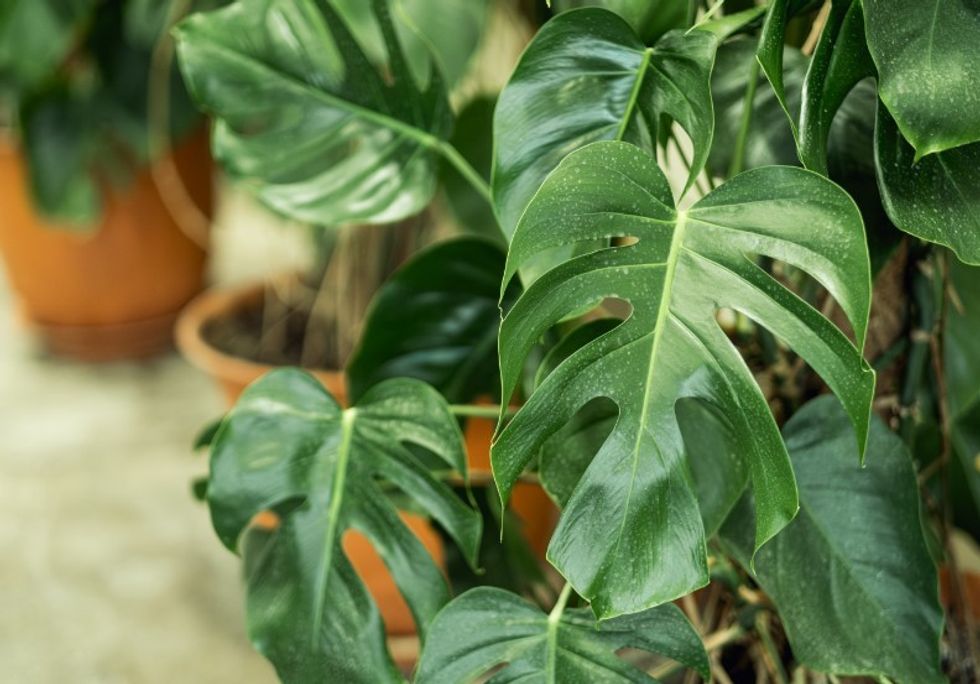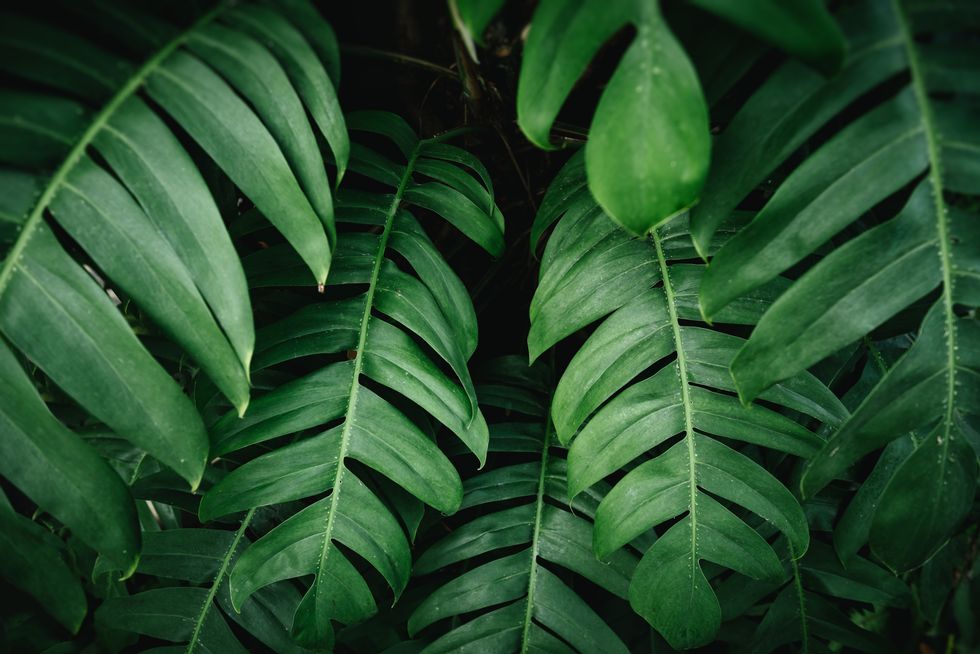Monstera care: Using a cotton pad can help your cheese plant thrive year after year

An expert shares everything you need to know
|GETTY

GB News is sharing everything you need to know to make the most out of your garden and houseplants. This week, we look at care tips for your cheese plant
Don't Miss
Most Read
Monstera, often known as cheese plants, are a staple for many plant-lovers and, thankfully, they are easy to care for.
GB News shares advice and tricks for thriving plants in your home, including using a cotton pad to remove bugs and pests.
How to care for monsteras
Positioning is one of the most important things when it comes to your plants, Fiona Jenkins at MyJobQuote.co.uk said.
She told GB News the plants like bright spaces but it's best to keep them away from intense, direct light.
 The Monstera plant thrives in humid conditions | GETTY
The Monstera plant thrives in humid conditions | GETTYFiona commented: "Monstera is an easy to care for plant for both beginners and experienced plant owners. It is a large and striking plant which makes a great feature for any room and provides a tropical vibe.
"As a jungle floor plant, monstera will appreciate a bright position but one that is not in direct light.
"Strong sunlight can burn the leaves of a cheese plant but if it’s left in too shaded a position, the plant will not form its distinctive perforated leaves. A few feet from a window is an ideal location.
"Due to its tropical origins, monstera need consistently warm temperatures to grow and thrive.
"Typically, temperatures between 15 and 30 degrees are acceptable but monstera will only grow if the ambient temperature is above 18 degrees. However, it can survive in temperatures of just 10 degrees."
Monsteras enjoy warm weather but can survive in various temperatures. However, plant owners should make an effort to avoid dry air.
Be careful not to overwater plants, though, as they do well with dry soil.
Fiona added: "As monstera are a jungle plant, they thrive in humidity. You should ensure that your cheese plant is not kept in a draughty location and avoid putting it in a room which has dry air, near an air conditioning unit or a radiator.
"Monstera prefers the soil to be slightly on the dry side, so only water it when the top few centimetres of the soil is dry.
"Make sure that the pot it’s in has plenty of drainage holes to avoid root rot. It will need less water in winter or when it’s in a cooler room.
"If the plant is in a warm room, mist it every few days. It’s a good idea to feed your monstera during its active growing season so remember to fertilise it once a month in spring and summer. A liquid houseplant feed is fine for this."
Another key tip is to keep your plants free from bugs and pests. Fiona recommended using a cotton pad to achieve this.
She said: "Cheese plants are generally disease and pest-free although they can be affected by mealy bugs and scale insects so make sure to check the leaves regularly for these. You can remove them by wiping the leaves with a cotton pad soaked with an insecticide which contains fatty acids."
LATEST DEVELOPMENTS

Cheese plants thrive with the right care
| GETTYSome general grooming can go a long way too, the expert advised. Think dusting and trimming when necessary.
"To allow your cheese plant to respire properly, keep the leaves free of dust by wiping them with a damp cloth. This also keeps the foliage glossy and healthy looking," she added.
"Your monstera can grow very tall and wide so you’ll need to provide a moss pole for support. The plant will grow white aerial roots from its stems which you can encourage to wrap around the moss pole.
"Alternatively, you can fix it to the moss pole with plant ties. Excess aerial roots can be trimmed back and doing this will not harm the Monstera in any way.
"Give the monstera plenty of room as they can reach more than two metres in height and 2.5 metres wide. If the plant outgrows its space, you can trim it by cutting away some of the stems at the base.
"Repot a monstera in spring if the plant has outgrown its existing pot. This is indicated when roots start to become visible on top of the soil. To repot, use a multipurpose compost and a larger container which will comfortably hold the root system."










